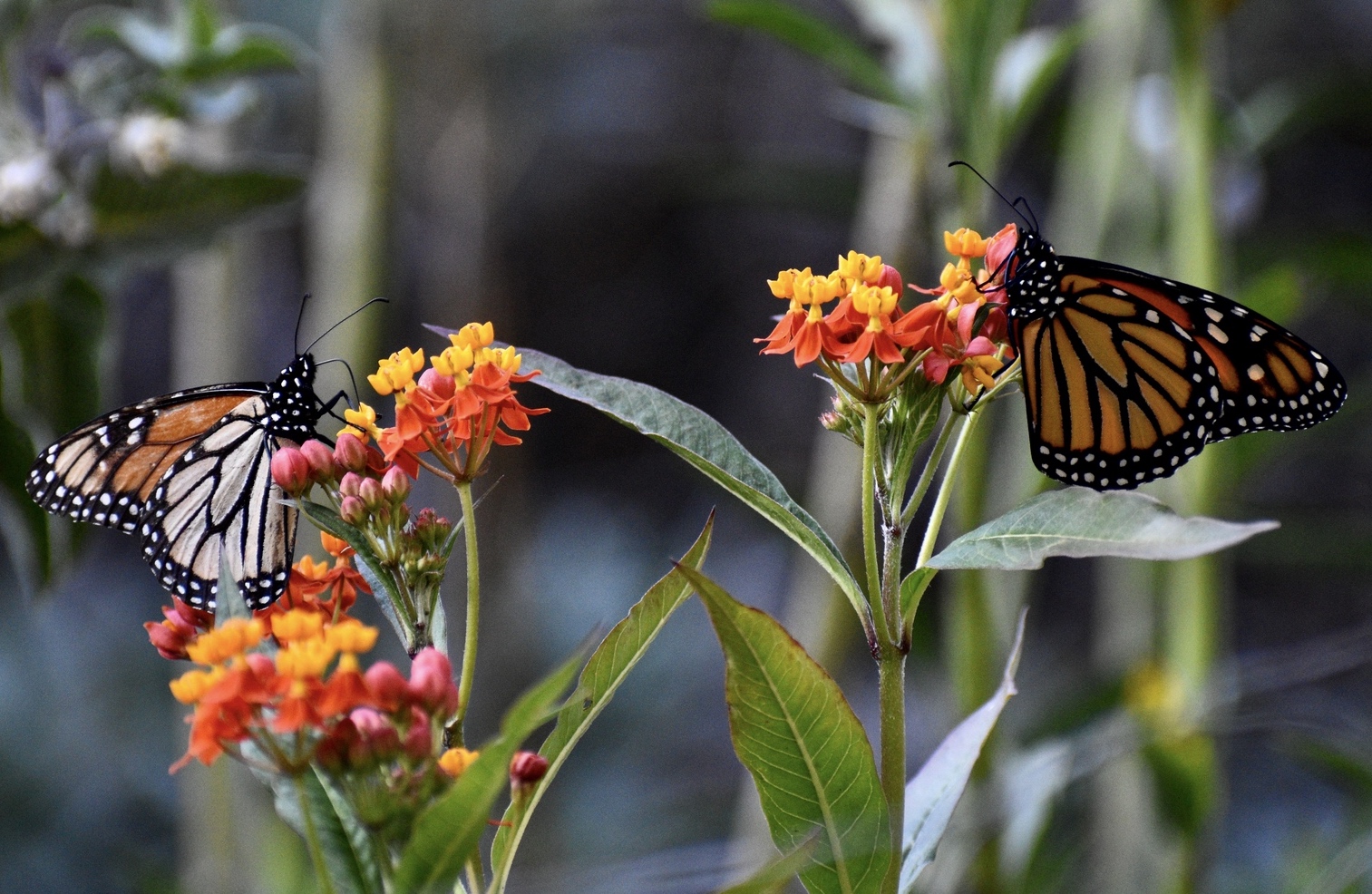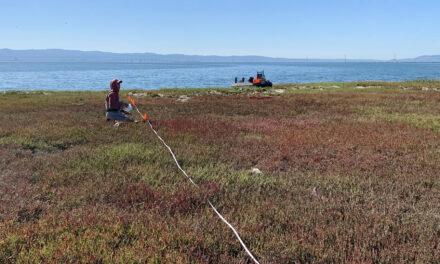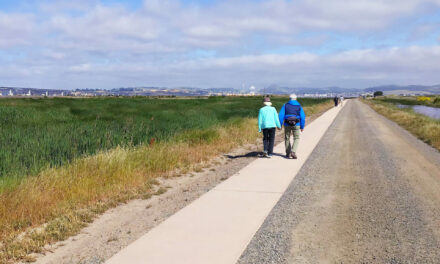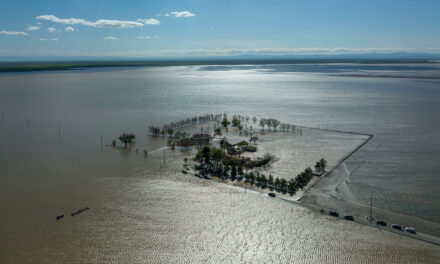Butterflies in Residence Hedge Against Climate Change?

While monarch butterfly numbers at traditional winter roosts on the California coast hit an all-time low of about 2000 last winter, citizen-science observers have noticed that some remain in the San Francisco Bay Area year-round. Biologists Elizabeth Crone (Tufts University) and Cheryl Schulz (Washington State University) estimate a resident population of 12,000 in northern and central California, extrapolating from a Berkeley survey. Resident monarchs may provide a hedge against extirpation, but pathogens may spread from residents to migrants. The shift could reflect warmer and drier conditions or increased fall and winter availability of tropical milkweed and other food sources. It’s not unprecedented: monarchs have dispersed to Western Europe and North Africa, the Caribbean, and the South Pacific, and most of those populations don’t migrate.
Climate effects on either the decline of the migrants or the recent behavioral change are hard to verify. “We can’t tell just from the data we have now whether it’s land use or climate change that’s driving the decline,” Crone explains. “There’s a stronger correlation with the development of land along the coast and the use of pesticides.” California’s recent wildfires have been proposed as a factor; while data is lacking, she thinks that’s worth investigating. The US Fish & Wildlife Service hasn’t reversed the Trump administration’s refusal to list the monarch as endangered, and a court decision last year excluded insects from protection under the California Endangered Species Act. Meanwhile, gardeners can help by planting monarch chow. “Adult monarchs need more than milkweed,” Crone notes. “They need a lot of different nectar plants to enable them to fly farther, live longer, and lay more eggs.” While recommending native milkweed if available, Crone says the jury is out on tropical milkweed: “We don’t know if it’s good or bad. I wouldn’t encourage people to pull it up, but many other conservationists would.”
Other Recent Posts
Assistant Editor Job Announcement
Part time freelance job opening with Bay Area climate resilience magazine.
Training 18 New Community Leaders in a Resilience Hot Spot
A June 7 event minted 18 new community leaders now better-equipped to care for Suisun City and Fairfield through pollution, heat, smoke, and high water.
Mayor Pushes Suisun City To Do Better
Mayor Alma Hernandez has devoted herself to preparing her community for a warming world.
The Path to a Just Transition for Benicia’s Refinery Workers
As Valero prepares to shutter its Benicia oil refinery, 400 jobs hang in the balance. Can California ensure a just transition for fossil fuel workers?
Ecologist Finds Art in Restoring Levees
In Sacramento, an artist-ecologist brings California’s native species to life – through art, and through fish-friendly levee restoration.
New Metrics on Hybrid Gray-Green Levees
UC Santa Cruz research project investigates how horizontal “living levees” can cut flood risk.
Community Editor Job Announcement
Part time freelance job opening with Bay Area climate resilience magazine.
Being Bike-Friendly is Gateway to Climate Advocacy
Four Bay Area cyclists push for better city infrastructure.









